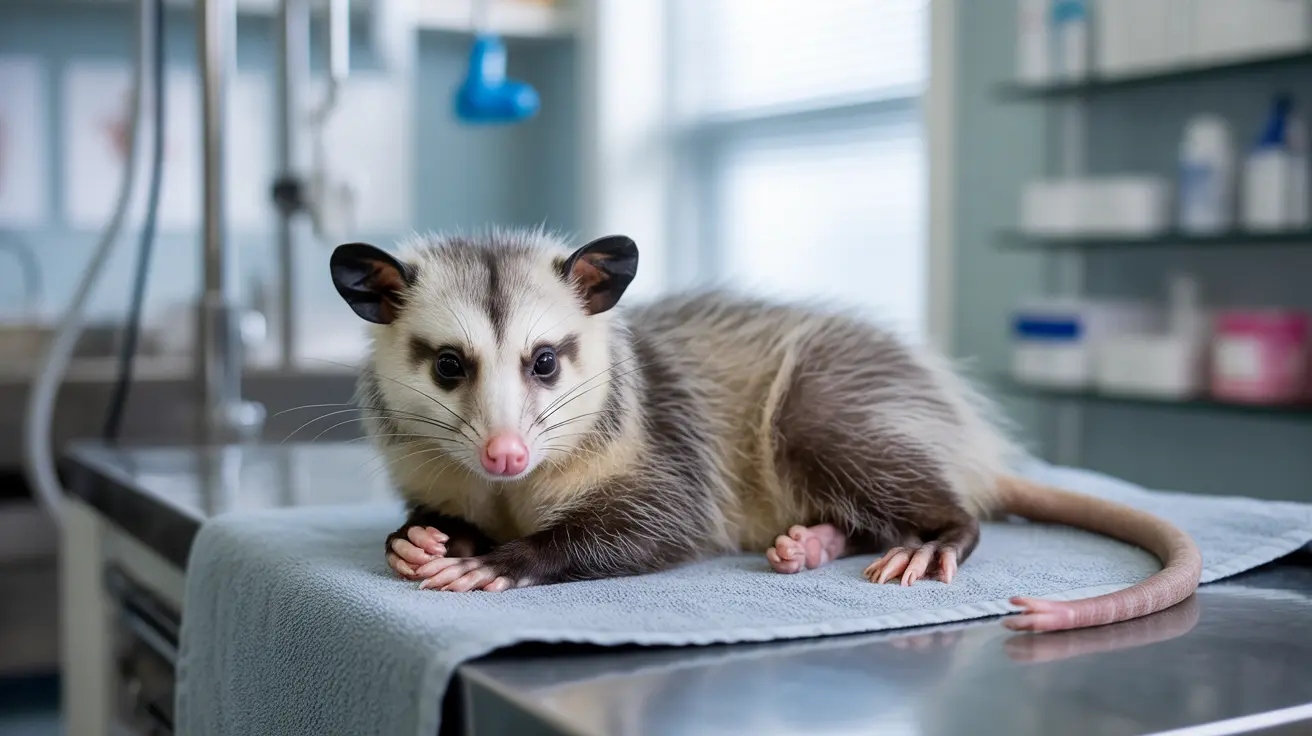Understanding the Heat Cycle in Female Dogs
When people refer to a female dog being "in heat," they often compare it to a human period. While there are some similar elements, particularly the presence of bloody discharge, the heat cycle in dogs—known as estrus or "season"—is a complex reproductive phase rather than simple menstruation.
What Does "In Heat" Mean?
A female dog is considered in heat during the estrus stage of her reproductive cycle, the time during which she is fertile and capable of mating. This is part of a larger, cyclical process involving hormonal changes and physical symptoms.
Key Differences Between a Dog in Heat and Human Periods
- Purpose: In humans, menstruation signals the shedding of the uterine lining when pregnancy doesn't occur. In dogs, estrus signals ovulation and readiness for mating.
- Fertility: Women are not fertile during menstruation, while female dogs are fertile when they're in heat.
- Cycle Frequency: Human women typically have monthly periods, but dogs go into heat approximately every 6 months.
Phases of the Canine Estrous Cycle
- Proestrus (7–10 days on average): Characterized by a swollen vulva and bloody discharge. The dog attracts males but is not yet receptive to mating.
- Estrus (about 9 days): The most fertile period. The discharge may become lighter (pinkish or watery), and the dog becomes noticeably receptive to males.
- Diestrus (up to 140 days): Mating behavior ends. If the dog is pregnant, gestation continues through this phase; otherwise, hormone levels drop.
- Anestrus (100–150 days): A quiet, inactive phase before the next cycle begins.
Physical and Behavioral Signs
Dogs in heat display noticeable changes, including:
- Swollen vulva
- Bloody or pinkish discharge
- Frequent urination and marking
- Restlessness, anxiety, or clinginess
- Mounting behavior toward other animals or objects
- Tail held to the side (mating posture)
First Heat and Timing
Most female dogs experience their first heat between 6 and 24 months of age. Small breeds may start as early as 4 months, while large breeds may delay up to 2 years. Initial cycles can be irregular but usually stabilize over time.
How Often and How Long?
Dogs typically come into heat twice per year, though this can vary:
- Small breeds: possibly more than twice/year
- Large breeds: sometimes only once/year
- Average heat length: 2 to 4 weeks with bleeding lasting about 7–10 days
Ongoing Fertility and Aging
Unlike humans, dogs do not experience menopause. They remain fertile throughout life, though cycles may become less frequent with age.
Male Dogs and Heat
Male dogs do not experience heat but are fertile year-round. They often react strongly to the pheromones produced by a female in heat and may display persistent mating behavior.
Managing a Dog in Heat
- Supervision: Always keep females separated from intact males
- Leashed Walks: Dogs are more likely to roam during heat
- Dog Diapers: Useful for managing discharge indoors
- Comfortable Space: Provide a quiet, clean resting area
- Behavior Management: Provide enrichment and affection to soothe anxiety
Preventing Pregnancy
The most effective way to prevent accidental pregnancies is spaying, a surgical procedure that stops heat cycles entirely. Spaying also helps prevent serious health issues like pyometra (uterine infection) and some cancers. Discuss the appropriate timing with your vet; some recommend spaying before the first heat, others after one or two cycles.
Risks and Complications
- False Pregnancies: Some dogs may exhibit nesting or milk production due to hormonal fluctuations
- Pyometra: A life-threatening condition especially in older unspayed females. Symptoms include lethargy, lack of appetite, and discharge
- Behavioral Issues: Heat cycles can amplify anxiety or aggression
General Health and Hygiene
- Maintain normal diet (unless breeding is planned)
- Regular grooming and hygiene to manage discharge
- Frequent potty breaks to accommodate increased urination
Conclusion
In summary, while a dog's heat cycle involves bleeding similar to a human period, it serves a completely different reproductive purpose. Understanding the canine estrous cycle helps dog owners manage their pet’s health, avoid unwanted litters, and ensure a comfortable experience during this natural process.





